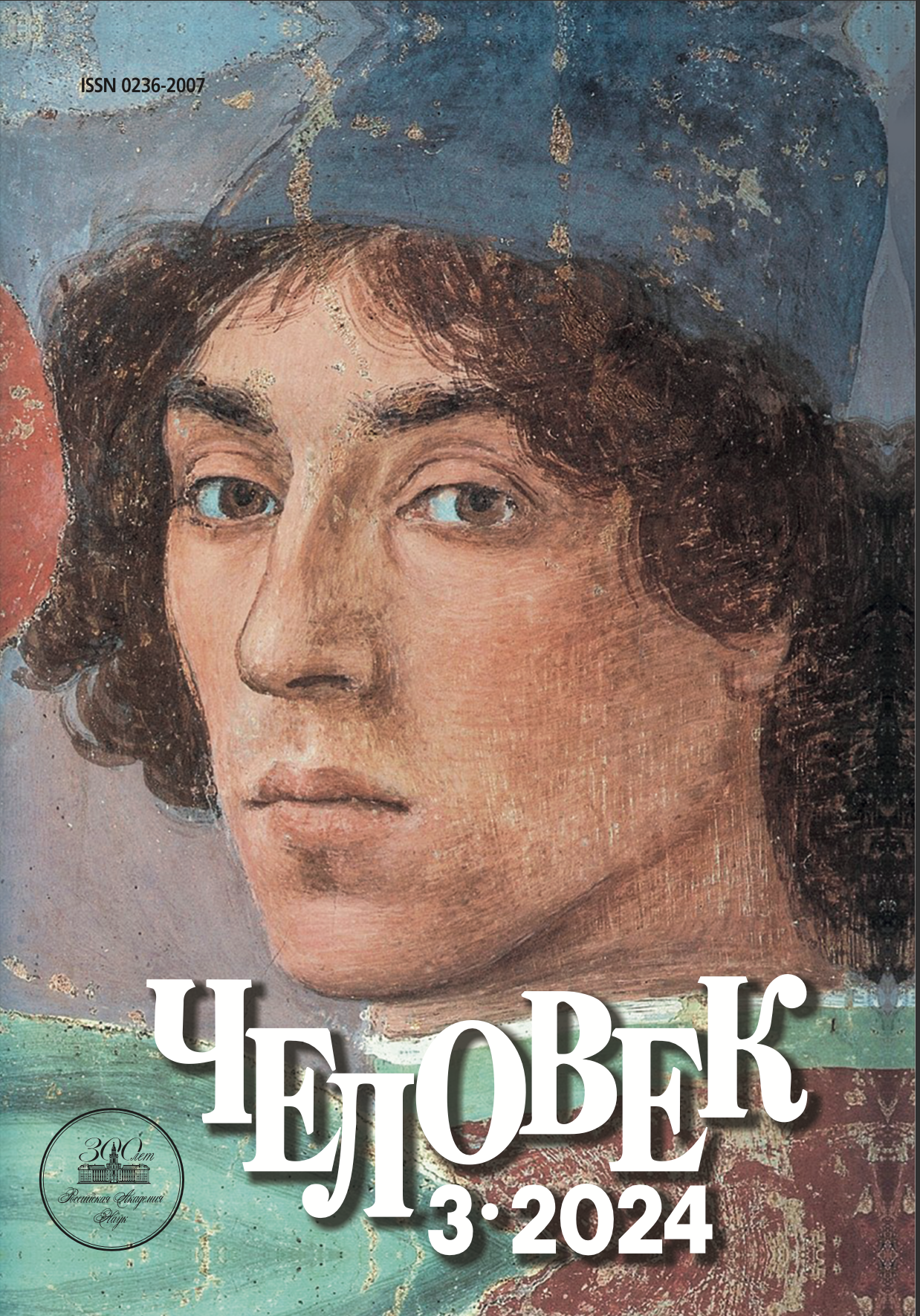The Heroism As a Philosophical and Sociological Concept in Spatio-Temporal Dimension
DOI:
https://doi.org/10.31857/S0236200724030036Keywords:
hero, heroism, cyberhero, chronotope, post-modern chronotope, semiotic analysis, theory of social action, relational relationAbstract
The article presents the results of an interdisciplinary study of heroism, in which philosophers and sociologists took part. The study consists of two stages — a theoretical understanding of heroism and an empirical pilot study of heroism in the assessment of Russians. This article is devoted to the coverage of the first, theoretical stage of the study. It presents a semiotic analysis of heroism from the point of view of the concept of the chronotope in Western European and Asian cultures, and deduces the constants of the national semantics of the hero, heroism and the heroic. The dynamics of changing the meanings of the heroic, deed and feat is traced. The sociological part, continuing the philosophical understanding of heroism within the framework of the chronotope concept, considers the phenomenon of heroism through a social relationship, following N.K. Mikhailovsky vector. To comprehend the relationship between the hero and the crowd, such sociological approaches as creative and relational theories of social action are used, the provisions of P. Donati's relational sociology are used.






